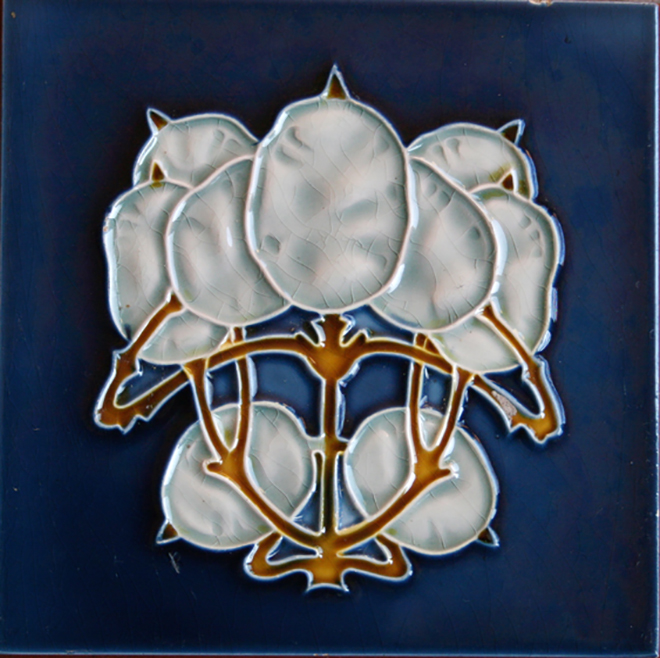
© Roberto Pozzo
Roberto Pozzo’s tile collection is as captivating as it is exceptional, both for its remarkable size and the variety of tiles. It is characterised by a great diversity of formats, periods, styles, types, techniques and origins.
The collection comprises over 9,000 pieces, which in total weigh some 4 tonnes. Today, it is housed at the Gilliot & Roelants Tile Museum in Hemiksem, close to where a large part of the collection was created. Hemiksem is delighted to host the collection since it highlights the quality of Gilliot tiles.
A unique testimony
The collection developed to become the absolute reference for Belgian ceramic tiles. It bears witness to the century-long boom in industrial tile manufacture in Belgium (1840-1940), as well as its importance at European level. Ceramic floor and wall tiles have a rich international heritage. In its heyday there were some thirty factories producing Belgian tiles and exporting them as far afield as Latin America and Asia. The main centre of production was located a few hundred metres from the former Abbey of Hemiksem, near Antwerp. With a daily production capacity of 250,000 tiles, even before 1914, it is hardly surprising that a third of the Pozzo Collection comprises tiles from the Gilliot & Cie factory in Hemiksem.
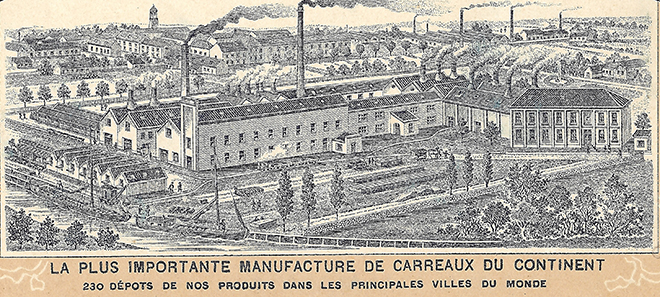
© Roberto Pozzo
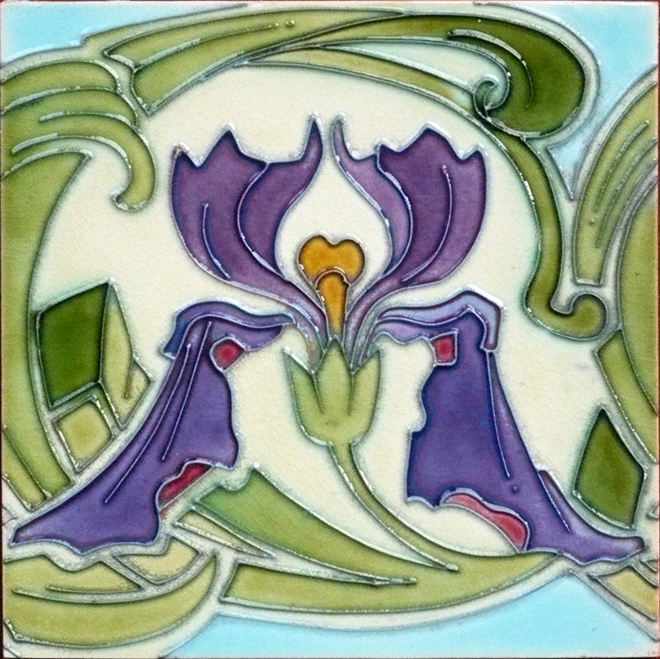
© Roberto Pozzo
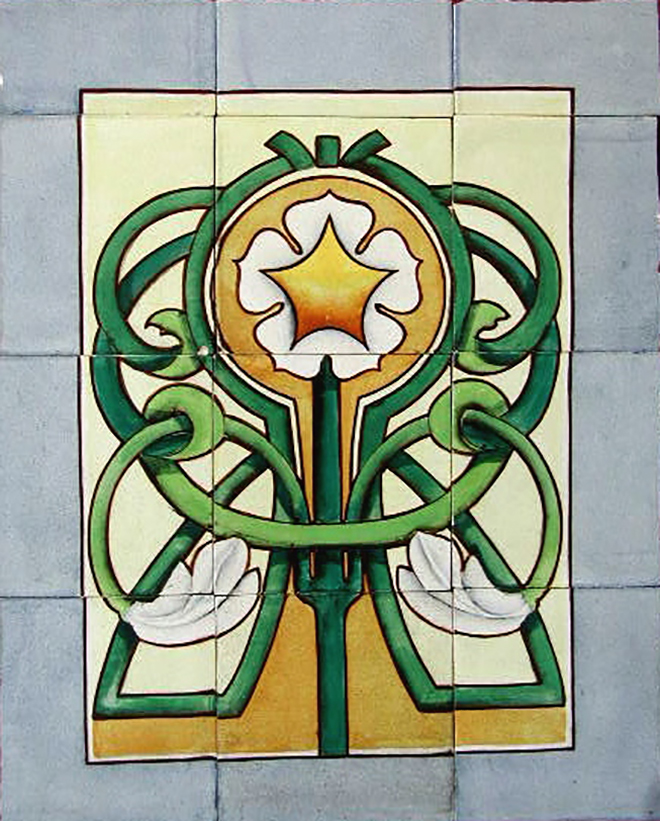
© Roberto Pozzo
Magnificent Art Nouveau tiles
In addition to numerous tiles in Art Deco and various neo-styles, the collection includes many magnificent Art Nouveau tiles. At the end of the 19th century, tiles, tiled panels and architectural ceramics enjoyed huge success in Art Nouveau architecture. This style, however, soon went out of fashion and many houses in Brussels were demolished or renovated. It was this that resulted in so many ceramic tiles being found in antique shops and flea markets and it was in these places that Roberto Pozzo, an Art Nouveau enthusiast, unearthed many superb tiles, often decorated with stylised floral motifs.
The collection’s role in research
Researchers and collectors often wish to establish the provenance of tiling in historic buildings. Thanks to the size of the collection and the attention given to the maker’s trademark stamped on the back of the tiles, the Pozzo Collection can be immensely useful in precisely identifying tiles, particularly using the documentation Roberto Pozzo has gathered together.
If the collection is so unique, it is also because Roberto Pozzo has regularly purchased more extensive tile ensembles. Most tile museums and collectors limit themselves to one, four or eight tiles at most with the same motif. The Pozzo Collection, on the other hand has complete panels of tiles. Roberto Pozzo has sometimes purchased as many as sixteen examples of tiles in a horizontal frieze, allowing the onlooker to appreciate the real effect of such tiles in an interior. There are also some really remarkable tiled panels in the collection, unique scenes that were specially created for a particular interior.
The accent of the collection is on Belgian tiles, but there is also an impressive reference collection of foreign tiles, which enables Belgian tiles in the collection to be seen within the wider European context. In addition to Belgian industrially-produced tiles, the collection includes a large number of fine tiles from France, Germany and the United Kingdom, as well as, to a lesser degree, tiles from the Netherlands, Italy, Spain, Portugal, the Czech Republic, India, Japan and the United States of America. There is also a selection of pre-industrial tiles and examples of modern and hand-made tile production, fireplace bricks, tiles for fireplaces and stoves, and tiles in other materials.
Other objects in the collection include coasters, ceramic breadboards, serving plates and other forms – such as a ceramic painter’s pallet. Finally, Robert Pozzo has also collected documentation such as trade catalogues, letters and invoices, postcards and all sorts of advertising material related to the production and marketing of wall and floor tiles.
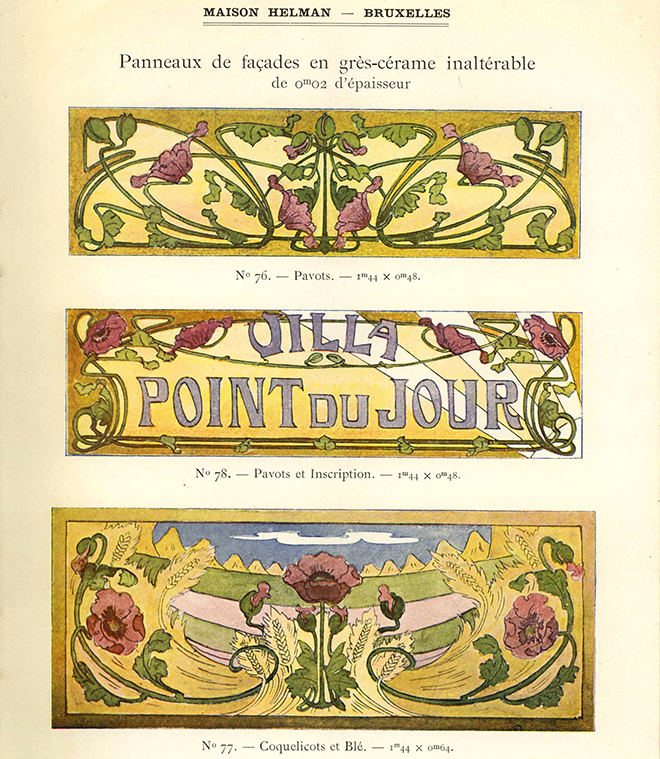
© Mario Baeck
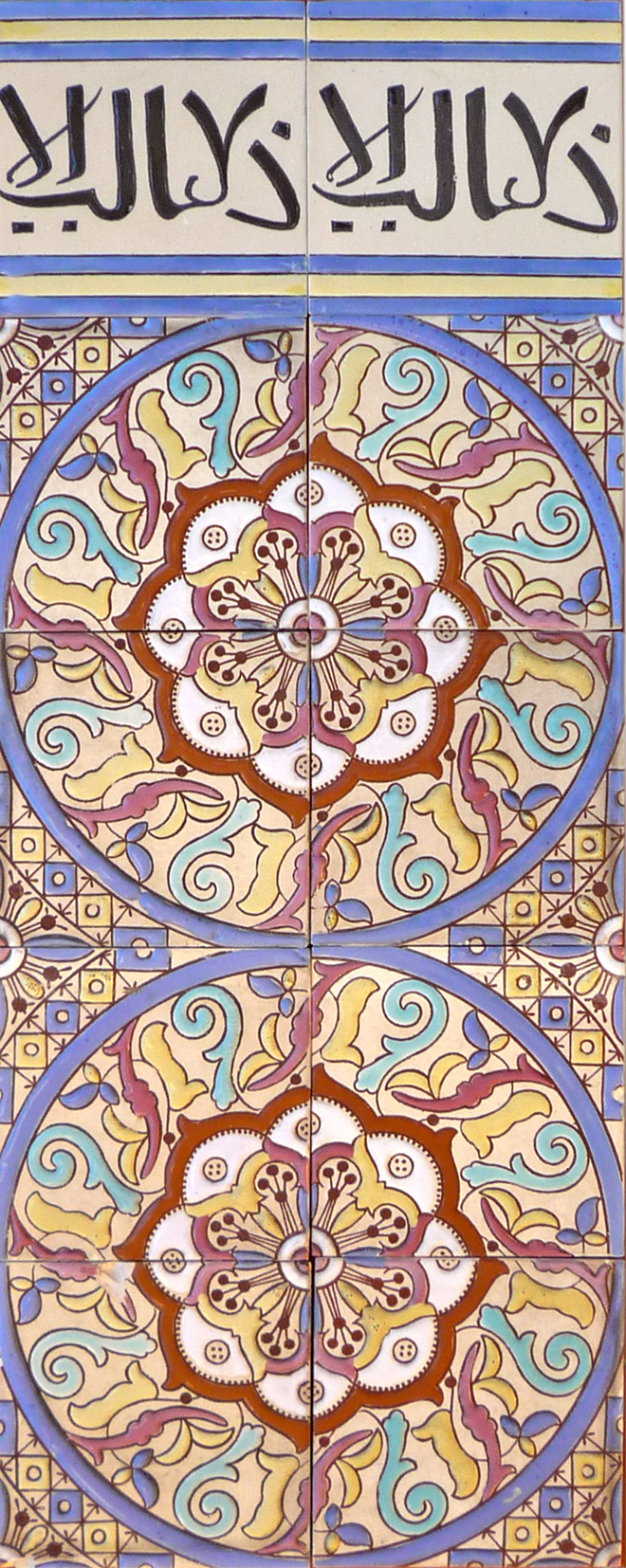
© Roberto Pozzo
